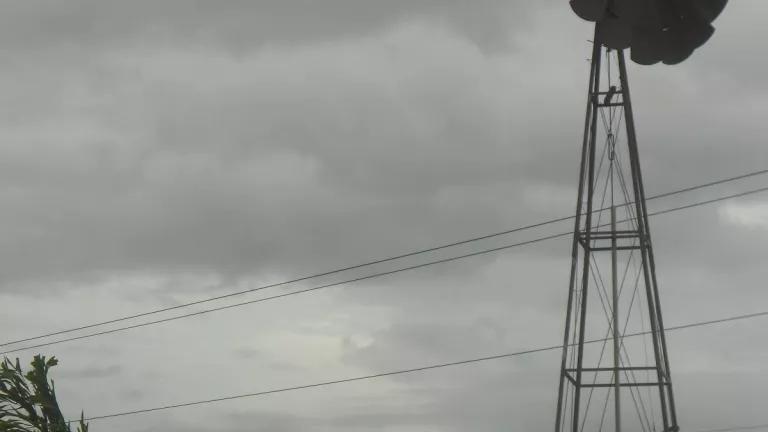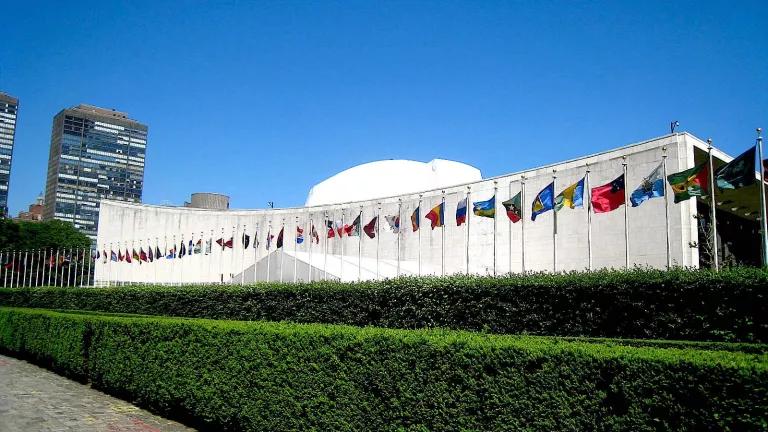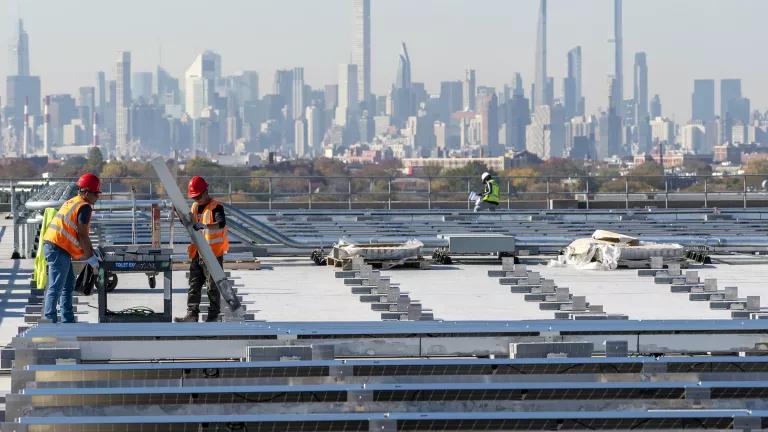The Complicated Patchwork of Amazonia
The Amazon is a complex and ever-evolving region that contains extremely important natural and cultural wealth that is worth conserving.

Roadside Stop in Amazonia
The first time I went to the Amazon I remember looking out of the window on my flight from São Paulo to Belém, over what seemed like endless views full of winding river and greenery. From above, the Amazon lived up to what I’d always imagined—canopied trees and an intangible vastness.
Once on the ground, the reality was quite different. I lived in Bragança, a town about four hours outside of the nearest city and transportation hub, Belém. The landscape between was open farmland mainly harvesting soy. Soy fields were divided by trafficked highway with roadside stops that sold açai and tapioca from cowboy themed barns. The countryside looked more like my home state of Michigan than what I had imagined to be the exotic jungles of Brazil.
After I settled in, I became immersed in small Amazonian town life. Not a remote indigenous village nor a bustling city, Bragança is a middle-class colonial town where life revolves around syncretic festivals rooted in the Catholic church and Indigenous traditions. Each Christmas, the entire town transforms to celebrate the festival of São Benedito, the black patron saint who watches over the town. In a week-long festival, Bragantinos don red and white apparel and dance the “marujada,” singing songs in a mixture of Portuguese and indigenous languages.

View of Braganca
Most people work in the fishing industry and use ancient trapping techniques to capture pirarucu or sting rays, along with other fish that I often enjoyed for dinner. Just outside of the town and away from the highway there were ever-smaller patches of untouched forest where the jungle would turn so thick you could not move through it. While I was there, more industry seemed to be flooding in. The highway was expanding and increasing farming was a consistent topic of discussion. Bragança is emblematic of the Amazon—rich in a colonial history and also subject to the changing landscape of Amazonia.

Amazonian farmland
The Amazon forest stretches across nine countries, each with their own environmental policy and history. In many areas these borders are hazy, and their demarcation was often historically fraught with tension.
I have spent the last eight years since my time in Bragança studying, writing, teaching about and traveling to the Brazilian Amazon. During my PhD research, I examined the historical development of the region, focusing on mapping projects and Indigenous, black, and environmental representations. As seen with Bragança, the Amazon as a whole contains a rich and complicated history, culture, environment, and people that extends beyond stereotypes of uncontacted Indigenous tribes and tall trees.
The Amazon has been most recently in the news as a region under fire. Yet, before the fires broke out and garnered massive media attention, my friends and colleagues in Brazil were already under attack. With right-wing extremist and climate change “skeptic” Jair Bolsonaro in power, protections put in place in the Brazilian constitution of 1988 for black and indigenous land rights in the Amazon have been called into question. Bolsonaro frequently states his intentions to further explore and exploit the natural resources of the region and open up these lands to developers, emboldening illegal land seizures. While fires are set every year, illegal logging, deforestation, and the targeted murder of Indigenous people and activists have gone up since his short time in office.
The recent rise in fires makes the possibility of the Amazon becoming a carbon dioxide source rather than sink increasingly likely. The impacts of climate change in the Amazon, a slow violence spurred on by development, industry, environmental pollution and degradation threaten plants, animals, and humans globally. Perhaps because of these consequences, the Amazon is often seen as global patrimony, an area so important that it is an international duty to protect it.
In Brazil, the abundant natural resources of the country are a source of pride and seen as key to realize the potential of a nation that is just barely pulling out of an economic recession amidst years of political turmoil. Brazil’s ability to combat the fires and political will to do so has been rightly brought into question. Brazil has sovereignty over their part of the forest, and it is worthwhile to acknowledge the history of colonialism and U.S./European exploitation of Latin America, and their history of intervention in the region. It is also important to note that deforestation is mostly fueled by multinational corporations feeding the needs of those in the global north. Those soy fields I saw were harvesting soy to feed livestock around the world.
Most importantly, however, is acknowledging the sovereignty of Indigenous people and their right to land ownership. It is well documented that one of the best ways to fight against deforestation is to support indigenous autonomy and land title. This is a complicated process that has become increasingly so, with Bolsonaro intent on shifting land demarcations and loosening already loose protections. Indigenous leaders have been vocal about their struggle to maintain their land in the face of encroachment and violence and their need for maintained international attention and solidarity.
Now more than ever, with repressive, environmentally irresponsible regimes such as Bolsonaro’s and the impending threat of climate change, representation, solidarity, and action matter. The Amazon is a complex and ever-evolving region that contains extremely important natural and cultural wealth that is worth conserving.



